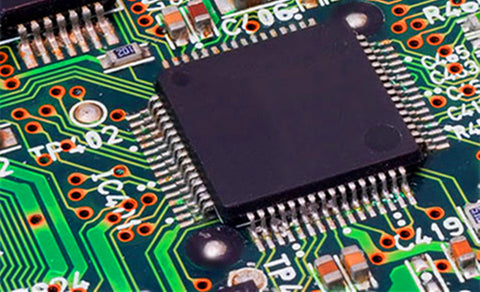
Among the poor welding of SMT, cold welding occurs less frequently, but is extremely harmful, because it affects the long-term stability of the product, and often occurs in the hands of customers with electrical connection problems.
The phenomenon of SMT cold welding is mainly manifested as cracks or gaps on the surface or inside of the pads and components. Such cracks and gaps do not affect the online test of the product, and the electrical connection is normal after SMT processing.
In the hands of SMT cold welding products, due to uncontrollable factors such as continuous use, overcurrent or overvoltage, and harsh use environment, cracks or gaps expand, forming open circuits, resulting in defective products.
The principle and reason of SMT cold soldering is that during the soldering process, the furnace temperature curve of reflow soldering (usually reflow soldering) is unreasonably set, resulting in a rapid rise or fall of the temperature, and the solder paste changes from paste to liquid.
In the process of changing from liquid to solid, the tension of the solder paste is not uniform, resulting in cold soldering. In order to avoid SMT cold soldering, we need to correctly set the furnace temperature curve of reflow soldering to ensure that the temperature rises and falls smoothly and avoids sudden rises and falls in temperature.
